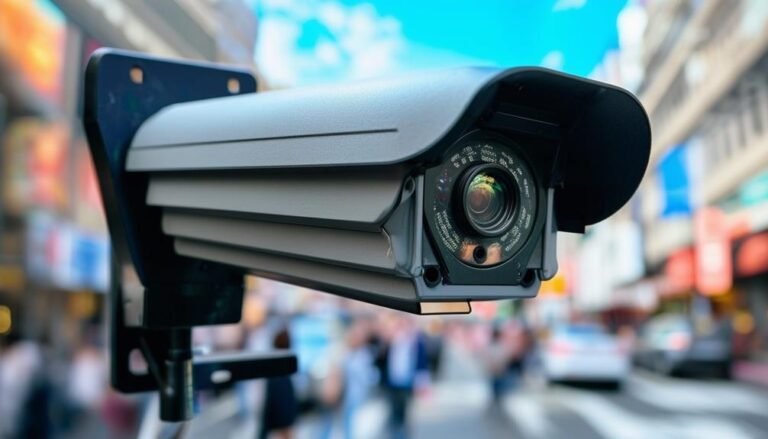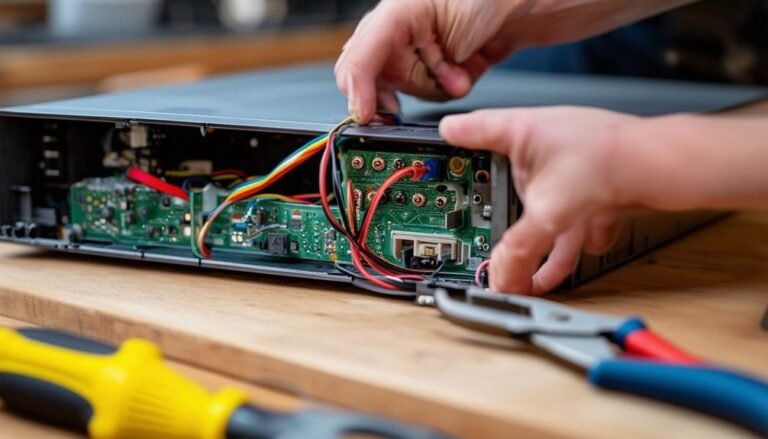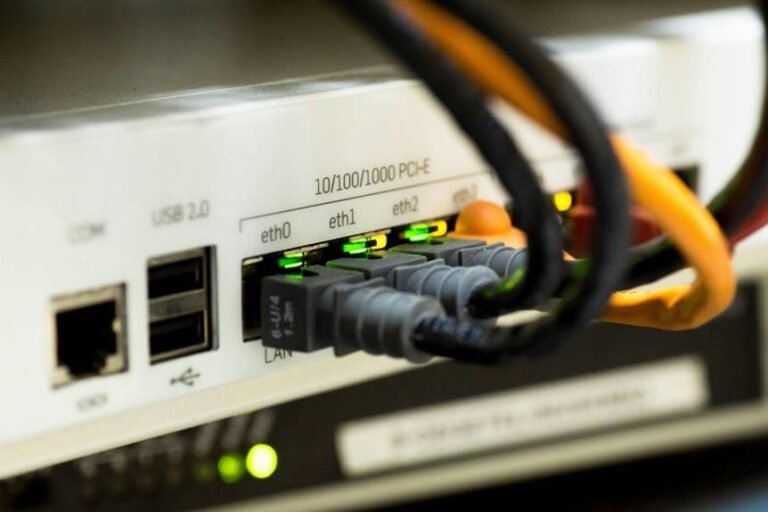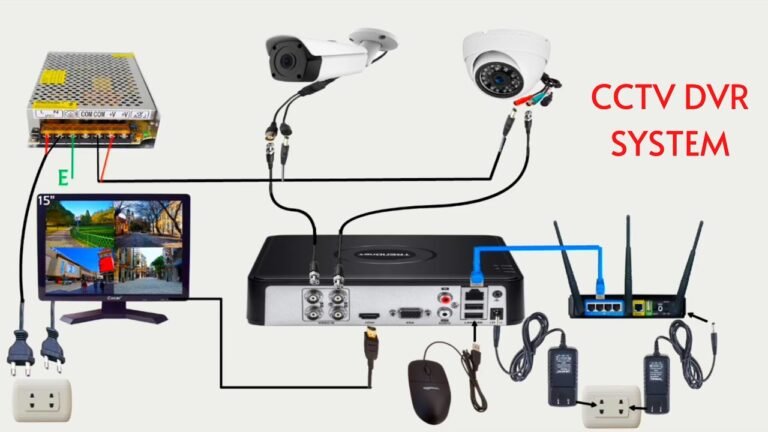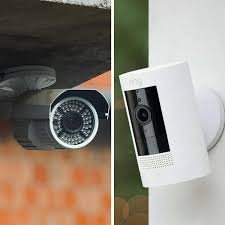Come regolare la sensibilità della Night Owl Camera
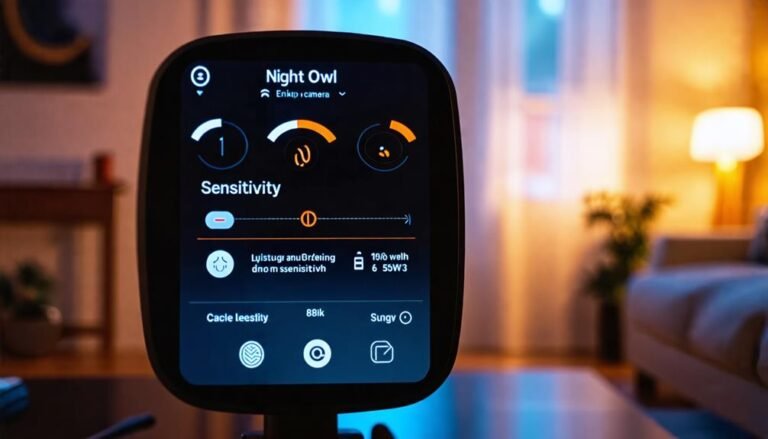
Per regolare la sensibilità della tua videocamera Night Owl, avvia l'app Night Owl Protect sul tuo dispositivo. Seleziona la videocamera che desideri modificare e accedi al menu delle impostazioni. Cerca le impostazioni di rilevamento del movimento e scegli...

